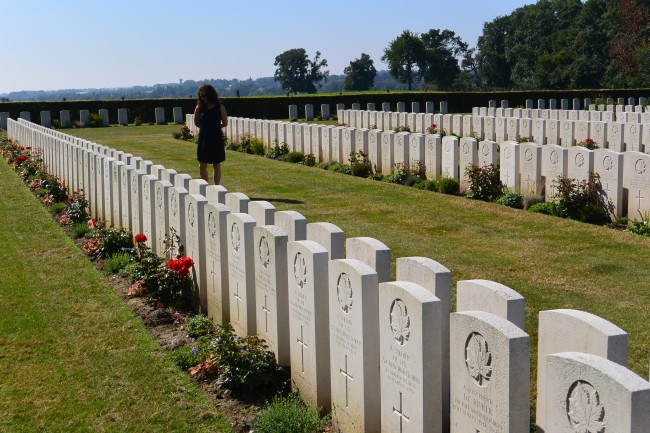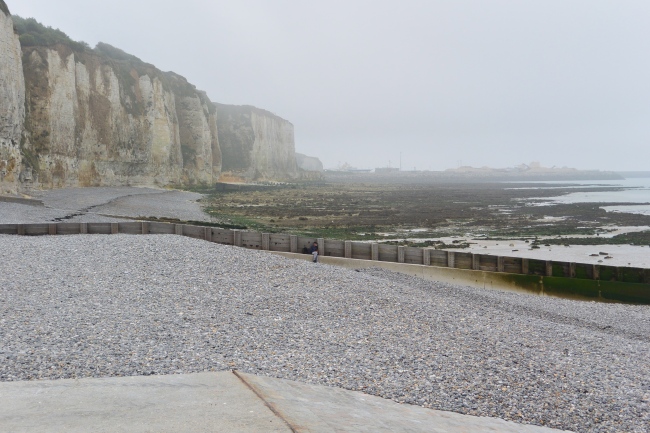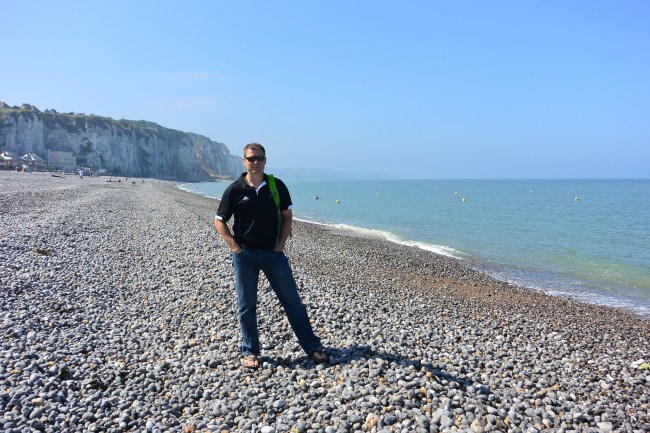Almost 100 years later, it is still very easy to tell that something incomprehensibly violent occurred at Vimy Ridge. Mines, trenches and shellfire shape a landscape in ways that are impossible to believe. The Vimy Ridge Centre is a national historic site of Canada. As such, it is funded by the Canadian government and operated by Canadian students. As we take the tour, the Canadian accents welcome after months away, we were able to experience a small taste of what life in the tunnels and trenches may have been like although generally, and thankfully, such experience remains incomprehensible. The monument itself is striking; both somber and inspiring. Vimy Ridge was high ground that had given the German Army a commanding view of that sector of the front since 1914. The French had lost 150,000 men trying to take the ridge and the British had fared no better. Recognizing that conventional methods of fighting would not succeed, Allied military leaders turned to the most unconventional force at their disposal and late in 1916, the Canadian Corps was moved into the front lines at Vimy.
Canada fielded a primarily volunteer army at Vimy Ridge. Canadian politicians and military leaders had fought their own battles from the beginning of the war to ensure that our soldiers were kept together in Canadian units and not fed piecemeal into British units as replacements. This insistence had paid dividends throughout the war. Canadians thought differently, planned differently, and fought differently. They had earned the grudging respect of both their Allies and German opponents who labelled them “stormtroopers”. Canadians won great victories before and after Vimy, but it was at Vimy that one can see the sense of being Canadian coalesce into something tangible.
Canada in 1914 was a young nation that was struggling to find a sense of itself. Canada was largely undeveloped and unpopulated at that time. People from around the world came to Canada because they thought differently, because they had a different worldview. However the disparate backgrounds made national self awareness an elusive concept. Looking back, it could be said that Great War provided the opportunity, the test of fire needed to create the sense of nation, of being uniquely Canadian. On April 9, 1917, one hundred thousand Canadians underwent such a test on our behalf and prevailed. Remember.












Recent Comments